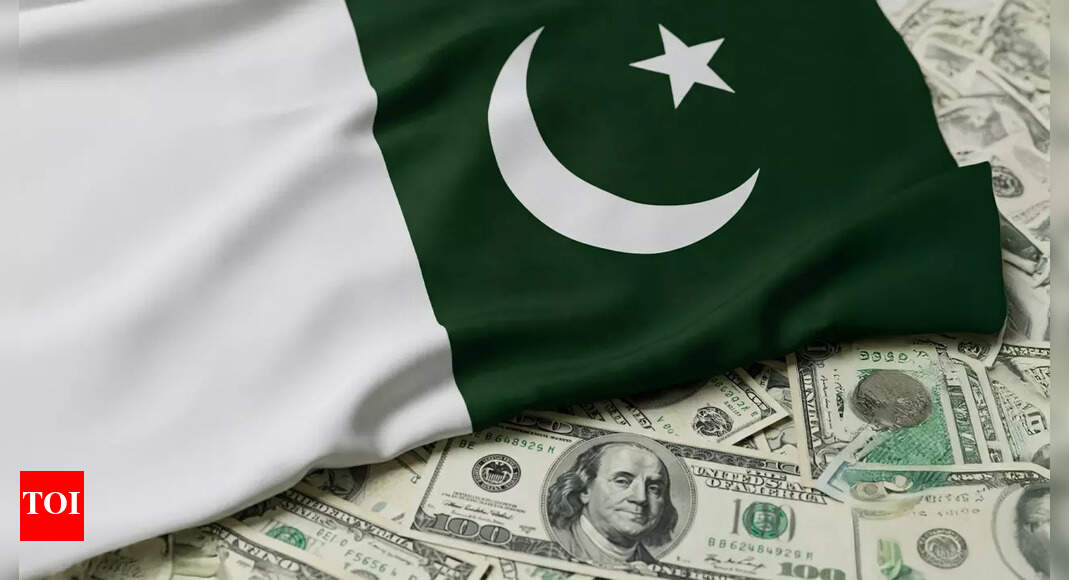Pakistan’s Debt Hits PRs 76 Trillion: Will Economic Recovery Follow in 2025?
Economic Recovery on the Horizon: Pakistan’s Debt and Growth Prospects

Pakistan’s economy is battling through turbulent times, but recent reports signal a potential turnaround. The Finance Minister Muhammad Aurangzeb recently unveiled crucial insights during the release of the Economic Survey 2024-25. Interestingly, despite the country’s substantial debt of PRs 76,000 billion, he claims the economy is on an upward trajectory. Could this be the year Pakistan turns its fortune around?
A Closer Look at Pakistan’s Increasing Debt
As of the initial nine months of the fiscal year, Pakistan’s total debt has skyrocketed to PRs 76,000 billion. This staggering figure offers a glimpse into the challenges that lie ahead for the nation:
- PRs 51,500 billion sourced from domestic banks
- PRs 24,500 billion acquired through external borrowing
This increase in debt is alarming for a country grappling with financial constraints and necessitates urgent action in policy and management.
GDP Growth: A Silver Lining?
What might be seen as a daunting economic picture is juxtaposed with optimistic GDP growth projections. The Economic Survey forecasts:
- GDP growth rising from -0.2% in 2023 to 2.5% in 2024
- A further increase with a target of 2.7% for the 2025 fiscal year
Minister Aurangzeb emphasized that this growth represents a significant recovery trajectory, which aims to foster sustainable growth beyond mere recovery.
Key Economic Indicators
Woven into his address were several key economic indicators that underline the government’s claim of recovery:
| Indicator | Current Status | Previous Year |
|---|---|---|
| Public Debt to GDP Ratio | 65% | 68% |
| Forex Reserves | $16.64 Billion | $9.4 Billion |
| Current Account Surplus | $1.9 Billion | N/A |
| IT Export Revenue | $3.5 Billion | N/A |
| Projected Remittances for 2025 | Up to $38 Billion | $27 Billion (previous year) |
These indicators substantiate the claims of recovery and posit optimistic expectations for fiscal policies moving forward, particularly with impending budget changes aimed at compliance with IMF requirements.
Looking Ahead: Can Pakistan Maintain Positive Growth?
With the next fiscal year around the corner, what steps is Pakistan taking to ensure sustainable growth? Minister Aurangzeb’s remarks suggested a “turnaround story” could be on the horizon, but stakeholders—ranging from policymakers to investors—are waiting to see strategic implementations.
As Pakistan navigates its robust challenges amid substantial debt, the focus must be on:
- Reducing reliance on external borrowing by enhancing domestic revenue generation
- Encouraging sectors like IT that show promise for export growth
- Implementing effective macroeconomic policies that generate employment and stimulate investment
The dialogue around Pakistan’s economic recovery illustrates a narrative filled with both apprehension and hope. As international economies recover from the pandemic and geopolitical tensions, Pakistan finds itself at a critical juncture—ready to harness its potential yet faced with the need for sound financial governance.
In conclusion, while challenges remain on the road to recovery, the indicators are, perhaps, a sign that Pakistan’s economy might be gearing up for a fresher and brighter future.






